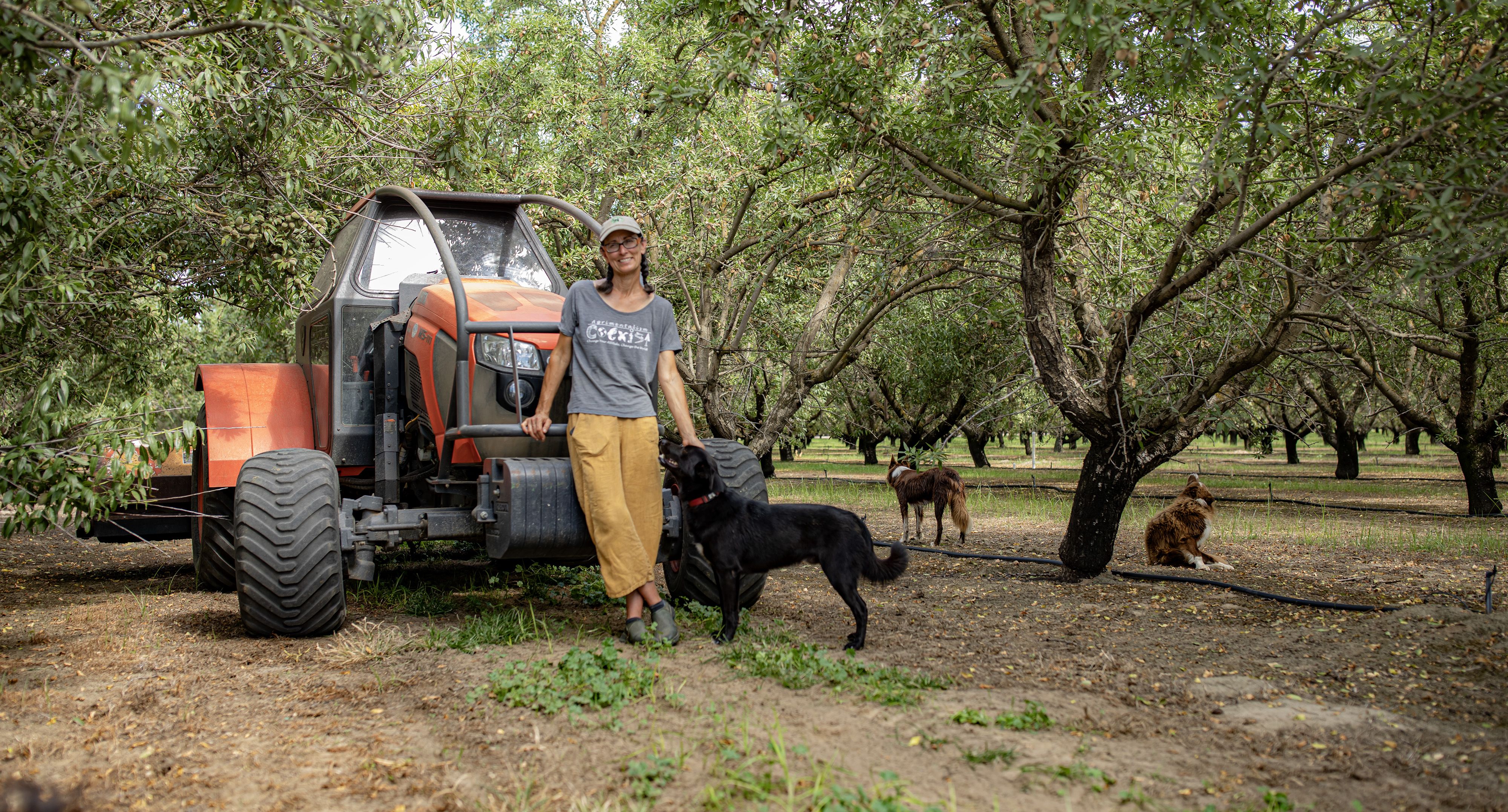Toyota's Blossoming Commitment: Nurturing Biodiversity through Bees and Butterflies
Humans can’t exist without biodiversity. Bees, butterflies and many other species are responsible for the food we eat, and their habitats provide us with fresh water, shelter and raw materials. Ecosystems provide over half of global GDP and encompass diverse cultural, spiritual and economic values.1
1 The Sustainable Development Goals Report 2023, Special Edition, United Nations, page 42.
“Respect for the Planet” means protecting biodiversity is one of our highest priorities
Even though Toyota’s business does not directly depend on nature in the same way as an agricultural or food and beverage company, we recognize the importance of biodiversity to the lives of our team members, customers and society in general.
Biodiversity is constantly under threat, whether from deforestation, species extinction or habitat loss. These threats are not new, but they are accelerating. In 2015, the United Nations (UN) established a global goal to protect biodiversity: Goal 15: Life on Land is one of the 17 Sustainable Development Goals (SDGs) that form the cornerstone of the UN’s “2030 Agenda.”
The 2030 Agenda is a 15-year plan (2016-2030) to end poverty, protect the planet and improve the lives of everyone, everywhere. We are now at the halfway point, and the UN is holding an SDG Summit this month to discuss the progress of the goals. According to a recent UN report, some progress has been made on biodiversity, particularly in sustainable forest management, the designation of protected areas and the incorporation of biodiversity values into national accounting systems. But the overall trend is worsening and there is still much to do.
At Toyota Motor North America (TMNA), we are doing our part to contribute to the achievement of Goal 15. Biodiversity is one of TMNA’s four environmental sustainability focus areas. Our strategy is crafted to leverage the expertise of specialists to help us safeguard species and restore habitats where feasible, and broaden the scope of our initiatives in communities to achieve greater conservation results.

Bees, butterflies & other vital pollinators support biodiversity
Biodiversity is a very broad concept, so we’ve chosen to focus on a group of important species familiar to us all: pollinators. Pollinators include bees, butterflies, moths, flower flies, beetles and bats. Everyone has encountered at least one. These species are vital to our food supply, with about 75% of crop plants requiring or benefiting from pollination. In fact, every third bite of food that we take is made possible by the efforts of pollinators.2
Pollinators can be found all around us, so we all have opportunities to help protect them. From a single pot of flowers on a balcony to a sprawling acreage of land, creating a pollinator garden of any size can help these vital creatures thrive.
2 The Importance of Pollinators, U.S. Department of Agriculture
Our plans to enhance 26,000 acres of pollinator habitat
And speaking of habitat, the loss of habitat is one of the most pressing threats facing pollinators. That’s why we have established a target within our current five-year environmental action plan to focus on pollinator habitat enhancement.
The target: enhance at least 26,000 acres of pollinator habitat in North America between 2021 and 2026. To achieve this target, we are providing support to two nonprofit organizations – the National Environmental Education Foundation (NEEF) and Pollinator Partnership (P2).
| Location | Acres of Pollinator Habitat Enhanced |
| NEEF Biodiversity Conservation Grantees | |
| Catalina Island Conservancy | 2,738.5 acres |
| Cincinnati Zoo & Botanical Garden* | 1 acre |
| P2 Grants | |
| U.S. | 2,207.1 acres |
| Canada | 12.5 acres |
| Mexico | 5,379.8 acres |
| TOTAL | 10,337.9 acres |
* The Cincinnati Zoo & Botanical Garden was granted a six-month extension due to permitting delays that pushed them past the spring planting season. We will update the acreage at the end of 2023.




